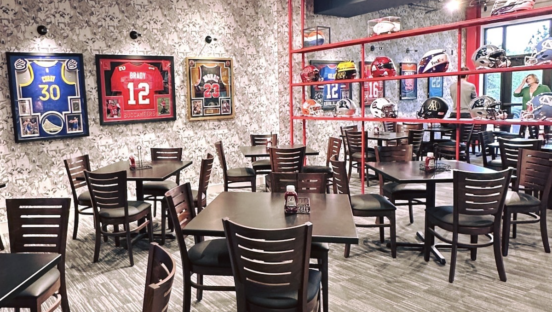Right now is the time to start thinking of ourselves not as pizza restaurants, but as food providers in whatever way will meet customer demand. If you are filling a need (such as selling flour and eggs that customers can’t buy in stores or offering affordable family-sized meals, etc.), your customers will thank you for making their lives easier in troubling times. Here are some tips on how to fill the needs in your community:
1. Offer a variety of take-out and grab-and-go options. This can include low-cost bag lunches (calzones, etc.), family-size frozen meals (such as a large pan of lasagna) or cook-at-home meal kits (i.e., make-your-own pizza kit).
2. Cater to specialty diets. There are customers out there with special dietary needs that may be having a hard time finding good options right now. This includes vegans and vegetarians, folks with gluten allergies, etc. If people with special diets had limited options before, it’s likely even more limited now.
3. Start a meal subscription service. This could be a weekly meal for a family of four, such as Pizza Friday, for which families can expect pizza, salad and drinks delivered at the same day and time every week to ensure some predictability during a time of chaos. If you sell something that people consume regularly, offering a subscription service can create a steady income for you while providing the comfort of reliability for your customers.
4. Sell your pantry items. Turn part of your dining room into a marketplace to sell both perishable inventory that you need to move quickly (such as eggs or fresh vegetables) and pantry staples (like flour, pasta or canned tomatoes) that are in high demand. Some restaurants are even selling toilet paper, soap and other home essentials that are currently hard to find in stores.
5. Offer catering as an option. Reach out to your local schools, hospitals or any other businesses or nonprofit organizations that are still operating (or operating at maximum capacity) and offer your catering services at a discount or for a tax benefit. If you’re providing free food to charities, let your customers know so they can feel good about supporting a business that gives back. You can even donate a portion of your proceeds to local hospitals or charities, which might incentivize customers to order from you.
6. Work with local grocery stores. Contact the manager or buyer of your local grocery stores—you might be able to provide them with product that they are having a hard time stocking (such as ready-to-bake pizza dough or bake-at-home pizzas). Now might be a good time to try and establish some new wholesale accounts. Just check your local and state laws or public health department regulations to make sure you’re in full compliance.
Finally, to further mitigate your expenses, try talking to your landlord or bank about delaying or reducing your rent or loan payments while business is down. Don’t forget to vacuum-seal, freeze and preserve any food you can’t sell. And go through your credit card statements immediately to unsubscribe from any unneeded services that bill automatically—those can often fall through the cracks!
Based in Los Angeles, Diana Yin’s career began in marketing and public relations and later evolved into entrepreneurship when she won a food truck on the 2013 Food Network TV show, “Food Truck Face-off.” The popularity of her food truck, Peaches Smokehouse, allowed her to open Poppy + Rose, an award-winning American restaurant famous for its weekend brunch. After selling her businesses in late 2019, Diana went on to found Swan and Company, a small business consultancy that helps business owners streamline their operations, minimize inefficiencies, and maximize their marketing efforts all on a small business budget.













